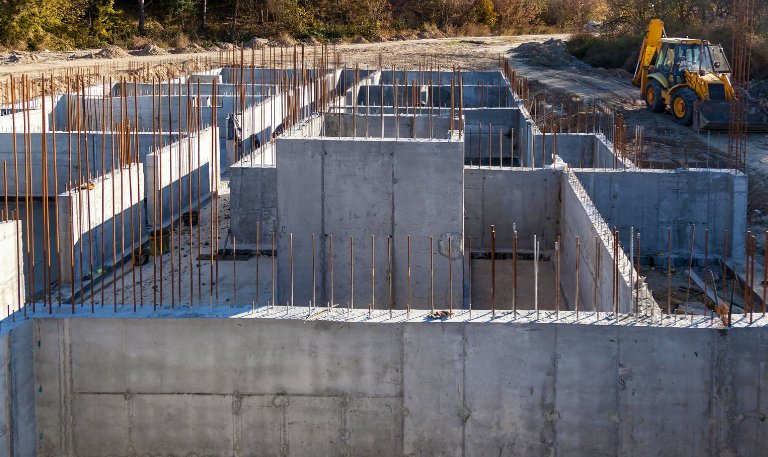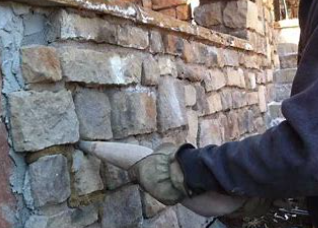Recognizing Signs Of Lintel Failure In Your Building
In the realm of construction and building maintenance, recognizing signs of lintel failure is of paramount importance. Lintels are vital structural components that support the weight above openings like doors and windows. When lintels fail, it can lead to severe structural problems and costly repairs. In this guide by Ernest Maier, we will delve into the crucial aspects of identifying signs of lintel failure in a building. By understanding these indicators, property owners and professionals alike can take timely action to address the issue and ensure the safety and integrity of their structures.
Visual Inspection
One of the primary ways to detect lintel failure signs is through a visual inspection. Examine the lintels above doors and windows for any visible cracks, sagging, or displacement. Pay close attention to the mortar joints and surrounding bricks or masonry, as these may show signs of stress. If you notice any of these visual cues, it’s essential to investigate further and seek professional advice.
Door and Window Operation
Another key indicator of potential lintel failure is the operation of doors and windows. If you observe difficulty in opening or closing doors and windows in a building, it could be due to lintel issues. Lintels that have failed may cause the frame to become misaligned, leading to these operational problems. Regularly check the functionality of these openings and consult with professionals if you notice any persistent issues.
Cracking in Adjacent Walls
Lintel failure often manifests as cracking in the adjacent walls. These cracks can appear horizontally or diagonally above doors and windows. The presence of such cracks can indicate that the lintel is no longer providing adequate support, causing stress to transfer to the surrounding structure. To address this issue effectively, consult experienced professionals specializing in structural assessments and repairs.
Structural Movement
Keep an eye out for signs of structural movement in your building. This can include noticeable tilting or leaning of the lintel or the surrounding wall. If you observe any such movement, it is a clear sign of lintel failure and should be addressed promptly. Neglecting these issues can lead to further structural damage and potential safety hazards.
Rust and Corrosion
In buildings with metal lintels, rust and corrosion can be indicative of lintel failure. Over time, exposure to moisture and environmental factors can cause metal lintels to deteriorate. Rust and corrosion weaken the lintel’s structural integrity and can lead to failure. Regularly inspect metal lintels for signs of rust and corrosion and consult with professionals for proper maintenance and replacement if necessary.
Recognizing signs of lintel failure is crucial for the longevity and safety of your building. Visual inspections, monitoring door and window operation, examining adjacent walls, checking for structural movement, and addressing rust and corrosion are key steps in identifying lintel failure signs. If you suspect any issues with lintels in your building, it is advisable to consult experienced professionals who can assess the situation and provide appropriate solutions to prevent further structural damage and ensure the safety of your property. By being proactive in identifying and addressing lintel failure signs, you can protect your investment and maintain the structural integrity of your building for years to come.

VP of MasonryTed Kelly
Latest News

4 Ways To Reinforce Concrete
Concrete is one of the most fundamental materials used in construction. If you’re working on a domestic project or a […]

The Environmental Benefits Of Using Ready-Mix Concrete
The construction industry is changing quickly to meet the growing demand for sustainability and eco-friendly practices. One of the most […]

6 Essential Tips For Grouting Stone Veneer
Grouting stone veneer is an important step in the installation process that can significantly impact the overall look and durability […]

Should You Fill Hollow Concrete Blocks?
Hollow concrete blocks are widely used in construction due to their strength, versatility, and lighter weight compared to solid blocks. […]
